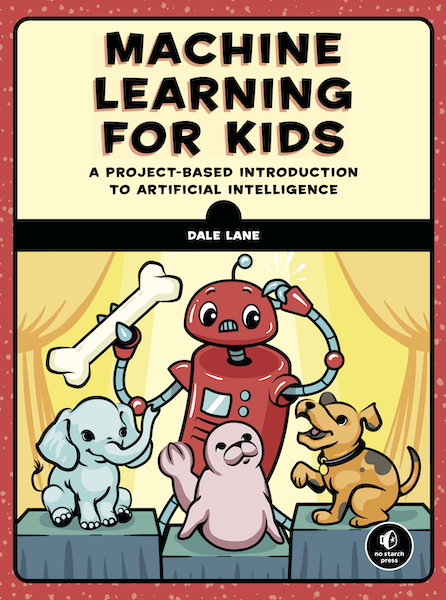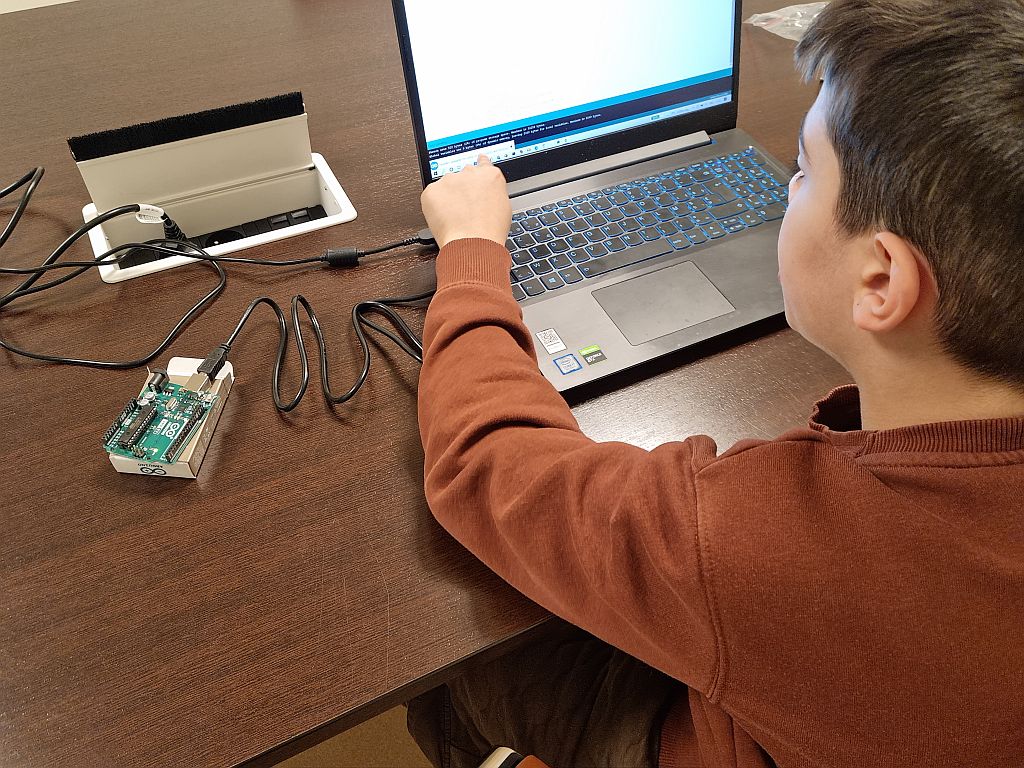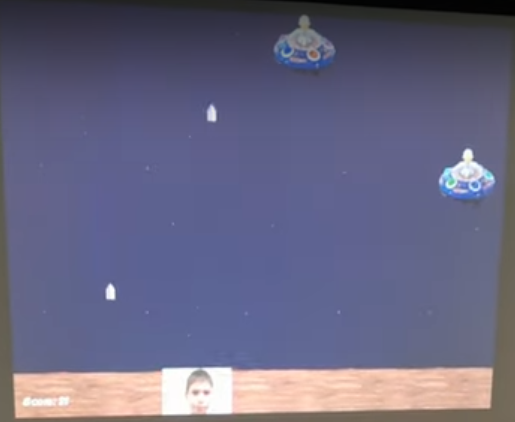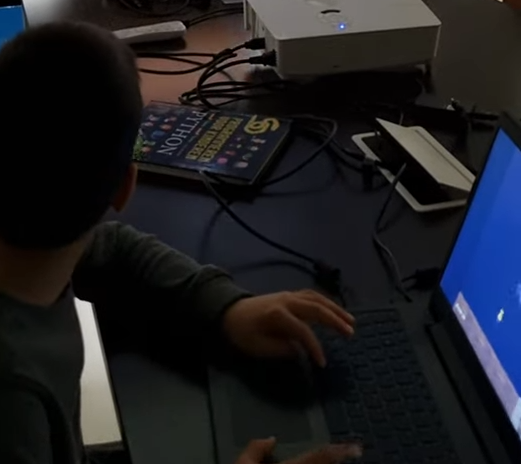Recently the primary school teacher of my 6-year-old shared some lovely animations from their class. The web addresses at https://sketch.metademolab.com/ immediately rang a bell, and I remembered that some months ago I came across some super interesting animation technology developed as an open source project by Meta AI Research engineers, a system that lets you easily animate a static drawing such as the following animation:
According to the demo web site: “Children’s drawings have a wonderful inventiveness, energy, and variety. We focus on the consequence of all that variety in their drawings of human figures as we develop an algorithm to bring them to life through automatic animation.”
“This demo builds upon Detectron2 and AlphaPose. Motion capture data comes from the CMU Graphics Motion Capture Lab and Mixamo.”
“The “Animated Drawings” Demo allows parents and guardians to convert two-dimensional children’s’ drawings into fun animations.”
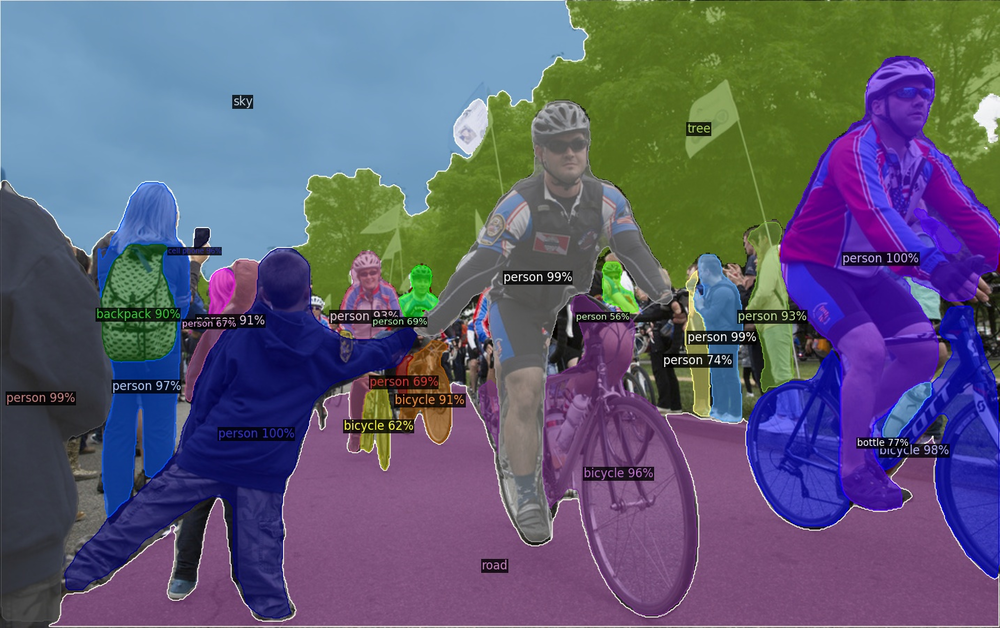
The amount of computer vision and machine learning technology know-how & expertise behind this super simple looking demonstration is impressive to say the least. And I consider my 6-year-old and his friends lucky because of having such a teacher and a school, so that they get to experience the fruits of cutting edge research and development. The kids of course aren’t aware of the immense knowledge behind this system that they had fun playing with, but who knows, maybe some of them will grow up to contribute to even more advanced systems in about 20 years. One thing for sure: we’re living in super interesting times in terms of technological progress!

